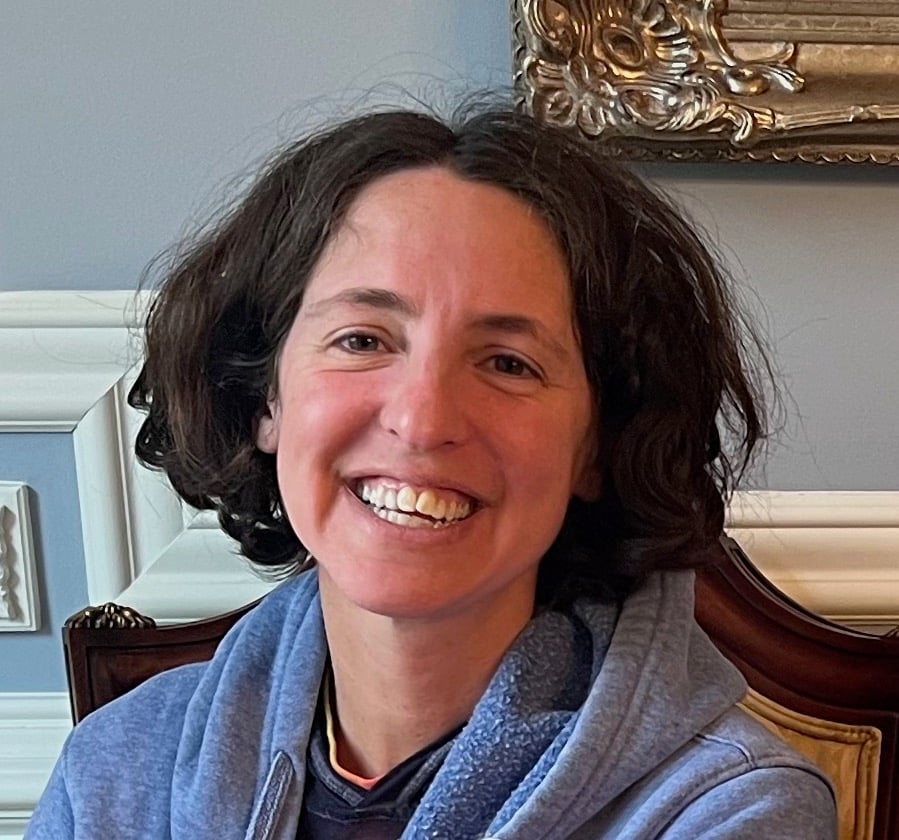High-yield ETFs
If you’re looking for strong returns in a short period of time, high-dividend stocks with market stability are key. That’s where exchange-traded funds (ETFs) come in.
ETFs are investment offerings that give you access to multiple stocks, bonds and other assets with one transaction. Managed by financial experts, ETFs are designed to offer growth and stability, which makes them ideal for someone seeking low-risk investments.
Some ETFs specialize in high-yield dividends, meaning they generate steady payouts while maintaining a proven track record. Even better, there are short-term ETF options designed to yield returns in a relatively short period.
ETFs offer diversification, liquidity and lower fees compared to individual stocks or mutual funds, making them an attractive investment. They allow investors to spread risk across multiple assets while benefiting from passive income through dividends.
But they still carry some market risk, meaning their value fluctuates with economic conditions. High-yield ETFs may offer stronger returns, but they are not immune to volatility. Investors should assess their risk tolerance and investment timeline before committing. If you’re feeling uncertain, consult a financial adviser before diving in.
Invest in real estate without the headache of being a landlord
Imagine owning a portfolio of thousands of well-managed single family rentals or a collection of cutting-edge industrial warehouses. You can now gain access to a $1B portfolio of income-producing real estate assets designed to deliver long-term growth from the comforts of your couch.
The best part? You don’t have to be a millionaire and can start investing in minutes.
Learn MoreShort-term treasury bonds
Not comfortable with stock investments? Well, Treasury bonds might be just what you need.
Backed by the U.S. government, short-term Treasury bonds can be a low-risk alternative to the stock market. These bonds are highly liquid and start maturing in one year or less. And because they’re traded on a secondary market, they remain in high demand, making it easy to sell them if needed.
What makes them extra secure? The Federal Reserve often steps in to stabilize Treasury bonds during financial downturns.
The trade-off? Returns from these bonds generally lag stocks or ETFs. However, if your priority is safety over growth, Treasury bonds might be a great fit.
Real Estate Investment Trusts
Want passive income without the hassle of being a landlord? Real estate investment trusts (REITs) offer high-yield dividends with monthly payouts, making them an attractive short-term investment option.
To reduce risk, opt for publicly traded REITs, which are regulated by the Securities and Exchange Commission (SEC) and offer more transparency than non-traded REITs. It’s important to know that some non-traded REITs come with high up-front fees — which could eat into your earnings.
Retire richer: The secret to building wealth faster
Most people miss out on key opportunities to grow their wealth. Partnering with the right financial advisor can help you secure a brighter future. Learn how to make your money work harder for you today.
Discover the secretStaying off the market: HYSAs or CDs
If the stock market still feels too risky, high-yield savings accounts (HYSAs) and certificates of deposit (CDs) offer a safe place to park your money while earning interest.
A CD is a secure option that locks in your money for a fixed period — ranging from a few months to a few years — usually at a higher interest rate than a standard savings account. However, there’s a catch: once your money is in a CD, you likely won’t be able to withdraw it without penalties until the term is up. This makes CDs a good choice if you’re confident you won’t need access to your funds before then.
A HYSA, on the other hand, provides more flexibility. While it won’t offer returns as high as an aggressive investment, it does earn more interest than a traditional savings account and allows you to access your funds whenever needed. Annual percentage yield (APY) rates up to 4.8% were common as of writing — making these accounts a solid option if you’re looking for both safety and liquidity in the short term.
Since your goal is to preserve capital while earning modest growth over three years, either option could work: CDs for higher rates with restrictions, or HYSAs for flexibility with slightly lower returns. The right choice depends on whether you’re comfortable locking up your savings or if you’d prefer to keep your cash accessible.
Investing doesn’t have to be scary, even if you only have three years to make it work. Whether you go for high-yield ETFs, Treasury bonds, REITs or safer options like CDs and HYSAs, there’s a way to grow your $265K without taking on unnecessary risk.
The key? Find the balance between risk and reward that works for you. And, if in doubt, get expert advice before making a move.
The richest 1% use an advisor. Do you?
Wealthy people know that having money is not the same as being good with money. Advisor.com can help you shape your financial future and connect with expert guidance . A trusted advisor helps you make smart choices about investments, retirement savings, and tax planning.
Try it now








